Traveling to Estonia has so many dimensions for me that it’s hard to bring them all together in one blog or one podcast. But I’m going to cover an overview here
Let me start with some background. When Russia occupied Estonia, in the 1940s, my parents left their beloved homeland as refugees and ultimately settled in the US, where I was born and raised.
During the Soviet years (in 1971 specifically) I had the opportunity to travel to Estonia to see parts of the country and meet several family members who remained there. It was an amazing experience that colored my life in untold ways. It was also a time when I was young and in good health with no disability issues. And my only restrictions then were the tight controls set by the Soviet government about how and where outsiders could go.
In 1991, Estonia officially regained its independence and returned to being a vibrant democracy. It joined the European Union and NATO and became a became a world leader in information technology and electronic communication.
I hadn’t had the chance to return to Estonia since my first trip and one reason was that, since then, my diagnosis and progression of MS, had reduced my mobility and had resulted in my being wheelchair dependent. I was very concerned about disability access in Estonia, especially in the smaller cities of my family’s roots.
But it was time to try. My mother had passed away in 2016 and I promised myself that I would bring her ashes back to her homeland, reconnect with family members and explore more of my ancestry.
Planning and ultimately taking this trip was truly a story of how ancestry travel meets disability travel
Planning began on the internet (https://www.visitestonia.com/en/ ), involved many international phone calls (Estonia is 7 hours ahead of my time zone) and, in the end, taking chances and hoping for the best.
As a part of the EU, Estonia has tried to meet their established goals for disability access. But, with many older buildings and an infrastructure that had been controlled for decades by the Soviet Union, some access was inconsistent. It is my understanding that improved disability access is a priority for many in Estonia and I look forward to my next trip there when I hope to see that progress.
Magical Tallinn
The majority of our time in Estonia was spent in Tallinn, but we also had side trips to the cities of Viljandi, Tartu and Pärnu. And to Kubija Lake near the town of Võru in the very south of the country.
We started by booking our hotel in Tallinn and chose the Hilton Tallinn Park ( https://www3.hilton.com/en/hotels/estonia/hilton-tallinn-park) which is just blocks away from the magnificent “Old Town” section of the city, This turned out to be a great choice! The room was wonderful (fully accessible), and the staff was amazingly helpful at every turn. To help us negotiate through the numerous situations we found where a powerchair couldn’t go, they gave us a manual chair to use for the whole time we stayed there. The chair was waiting in our room when we arrived and they did not charge us anything for its use!
My planning included searching for ways to travel from the airport to our hotel, around the city and around the country all from a wheelchair perspective. Here, we found that our options were limited or non-existent. To and from the hotel and one time within the city we were able to hire a van and driver from the company Termak (http://www.termak.ee/en/). But there appeared to be no companies renting wheelchair accessible vehicles that we could use on our own. So we compromised from what we like (me – in my powerchair) to plan B (larger rental car with me in the manual chair)
Tallinn is a beautifully-preserved medieval city: the entire walled Old Town is a UNESCO World Heritage site. But this sits adjacent to many new buildings that reflect the growth of business in Estonia. Estonia is reported to have the third highest number of startup businesses per capita in Europe.
In Tallinn we had the benefit of cousins driving us around to numerous sites in and around the city. These included the “Old Town”, the song festival grounds, Kadriorg, Olympic Sailing Center in Pirita. the Estonia Theater, which now houses the Estonian National Opera and the Estonian National Symphony Orchestra and much more. And on one day we rented a van with a driver from Termak in order to visit the open air museum at Rocca al Mare and more of the “Old Town” while using my powerchair. Everything around Tallinn was reasonably accessible and even the cobblestone streets of the old city were negotiable by powerchair.
Beyond Tallinn
On three of our days in Estonia we ventured out of Tallinn . Estonia is not a large country, so traveling to the cities of Tartu, Parnu, Viljandi was quite easy. The roads were well-marked smooth and wide., although many were only two lanes with periodic passing zones. Leading to some fairly risky passing behavior by drivers.
The land of Estonia is beautifully green with fields and forests all around Interestingly, I found information that said that about 50% of Estonia’s territory is covered with forest and, about 7,000 bogs cover over 22% of the Estonian mainland. There are currently 65 different species of mammals living in Estonian forests, among them 500–600 brown bears, over 150 wolves, around 700–800 lynxes, 20,000 beavers, 20,000 wild boars, 12,000 elk plus deer and other wild animals. Estonia has among the largest density of large predators in Europe. In our travels on main roads,during daylight hours, we did not see any of these, but moose crossing signs were everywhere! Bathroom breaks on road trips can always be challenge. as we venture into unknown places. Fortunately, we found some modern gas Stations and cafes where we were able to stop along our travels. Handicap access was better and more common than I had expected
The Baltic Sea borders the country on two sides and the beaches we saw in Parnu and near Tallinn were gorgeous!
The towns of Parnu, Tartu and Viljandi are beautiful and clean, with a quintessentially “Old Europe” look about them. Access was mixed. Some restaurants claiming to be wheelchair friendly were found them to be more-or-less so. One restaurant said that they had a wheelchair accessible bathroom….but as it turned out, the entrance to the restaurant was at the top of a flight of stairs. Obviously, we didn’t go there. But several others were good and much easier to reach!
In our travels we went to two (of the over 1200) lakes in Estonia. Viljandi, in my father’s home town and about which a famous Estonian song was written. And Kubia, which was the place my mother adored from her childhood summers. Fortunately there was reasonably good access to each of these.
I had been very fearful that my disability might prevent me from revisiting my ancestry and being able to honor my mother by bringing her ashes home. What we found was that with flexibility, we were able to accomplish everything we had hoped. Today I can say disability should not deny anyone their hopes to explore their ancestry
In the end, the most challenging issues we faced were about the availability of personal wheelchair transport and difficulties in boarding and disembarking from planes at the airport. These were difficulties, but not insurmountable problems.
As with our trip to Ireland, it is not possible to really cover this broad of a topic in one post. But I’m hoping you got an interesting taste of the wonderful things we saw and the experiences we had. Traveling to Estonia can be incredible for anyone, And we found that, with the right planning, doing so with a wheelchair can be just as great.

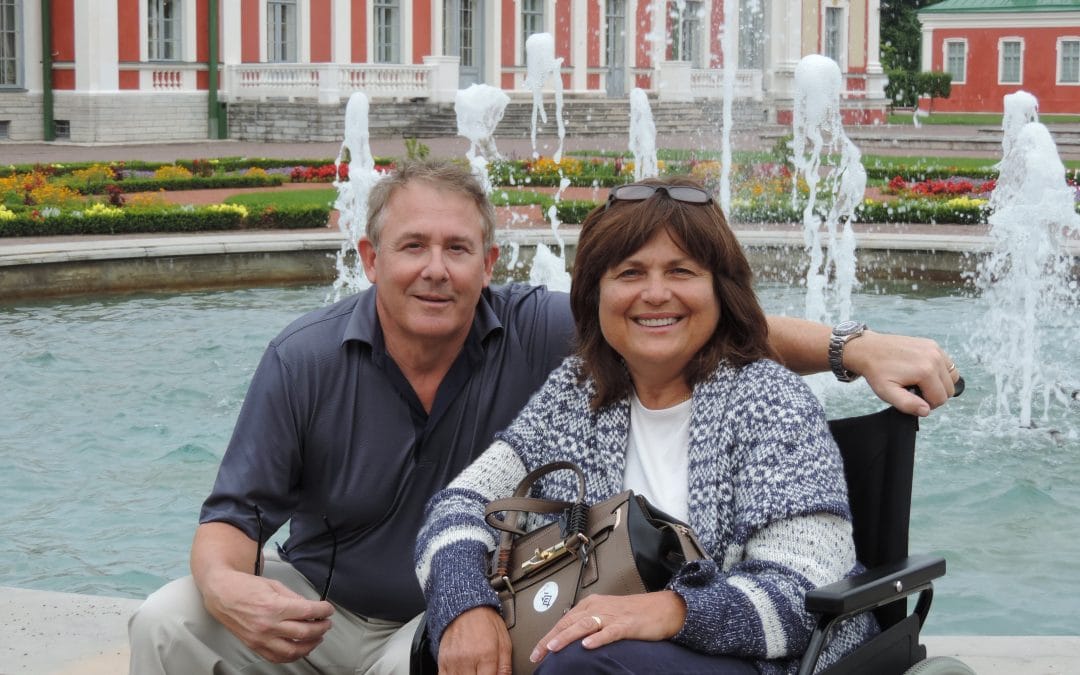
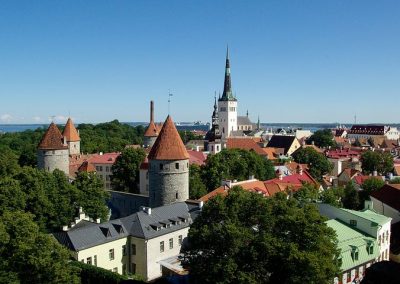
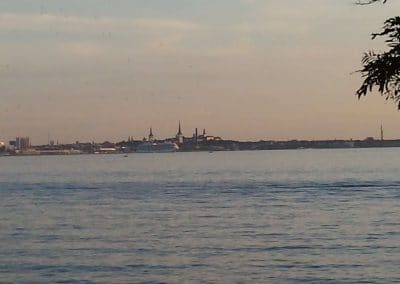

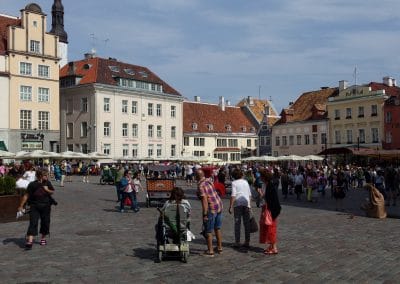
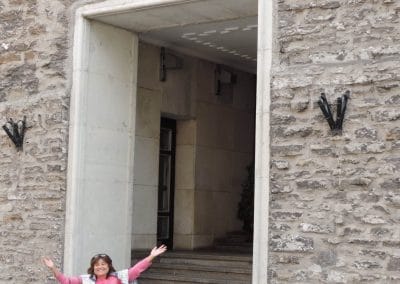
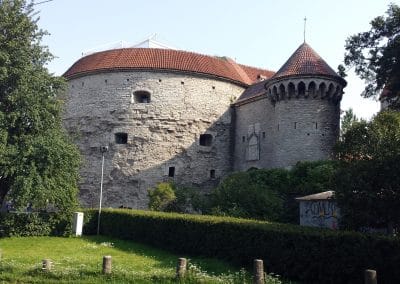
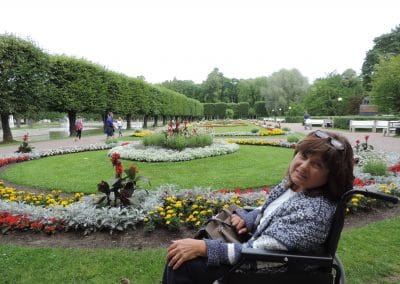
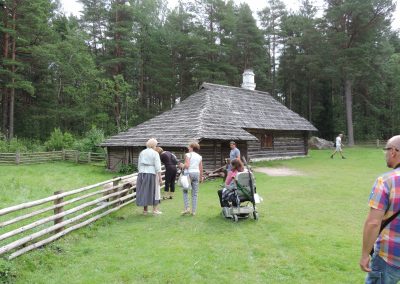
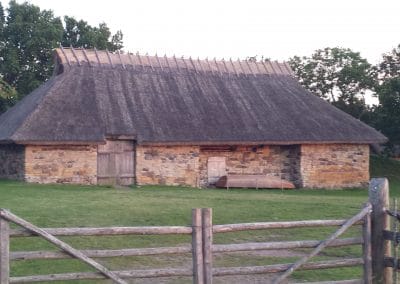
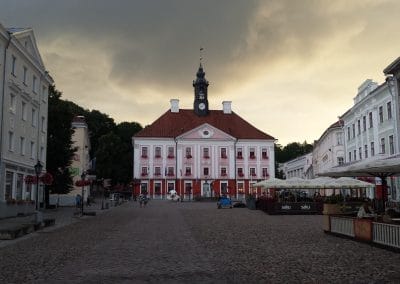
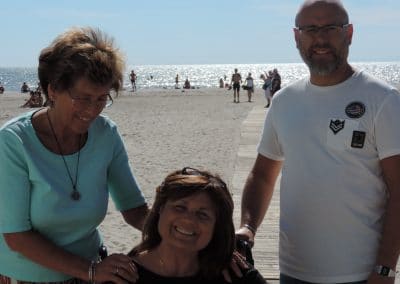
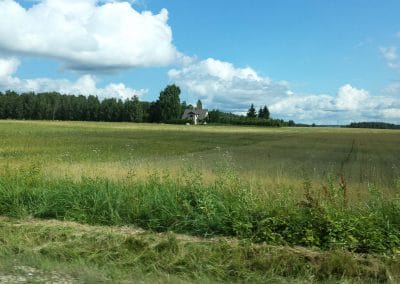
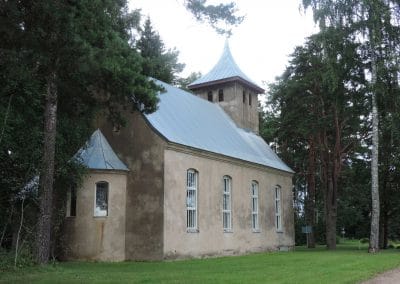
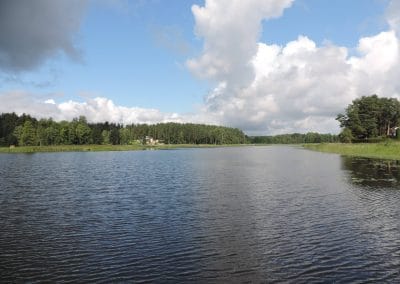
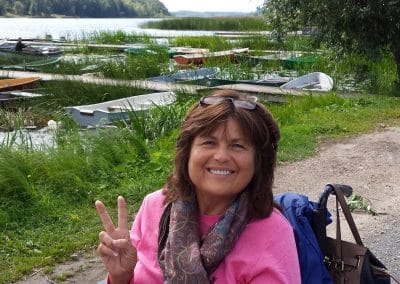
 This website is designed to give you practical tips, advice and links that will support your journey to seek out the solutions that work best for you.
This website is designed to give you practical tips, advice and links that will support your journey to seek out the solutions that work best for you.